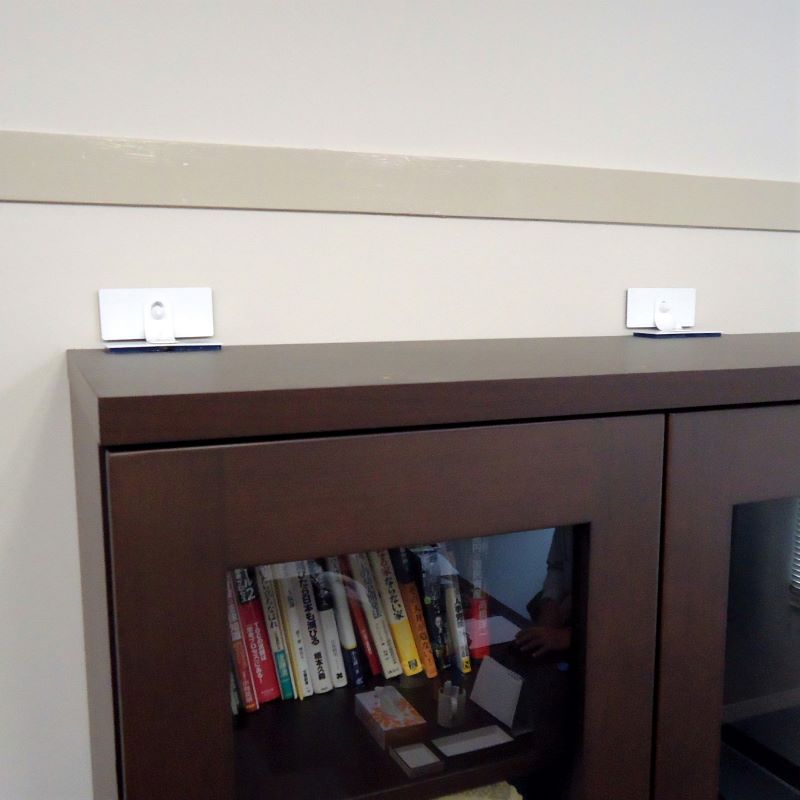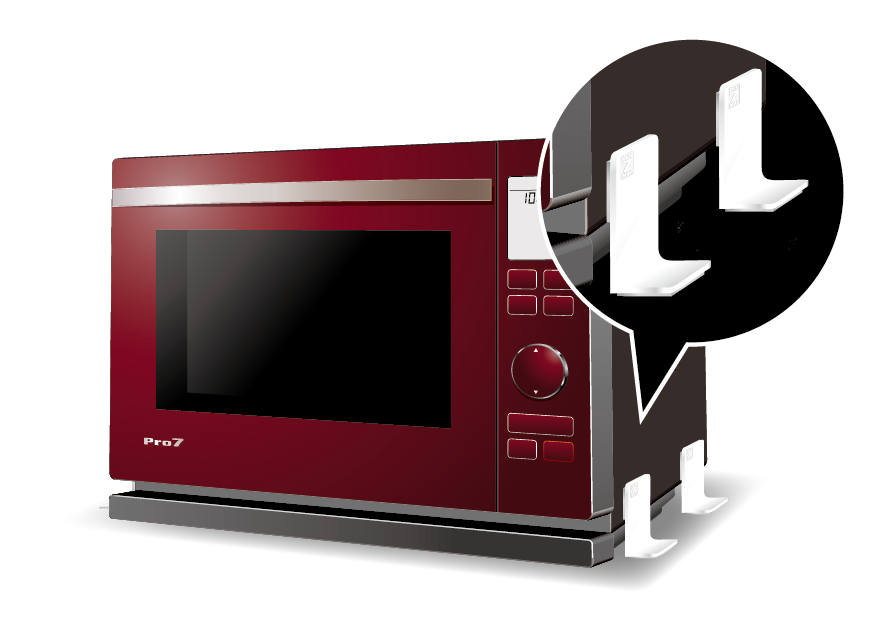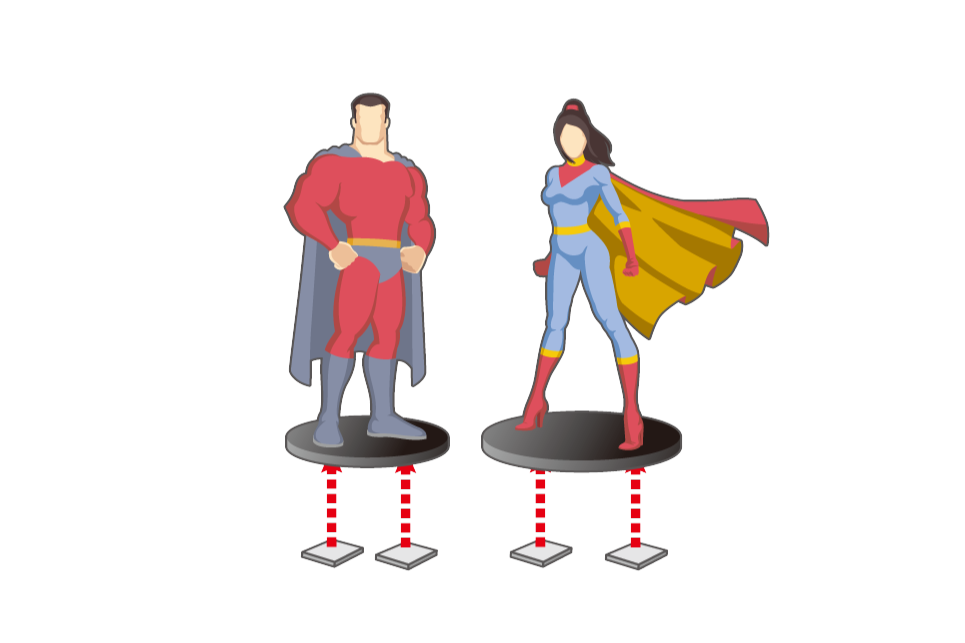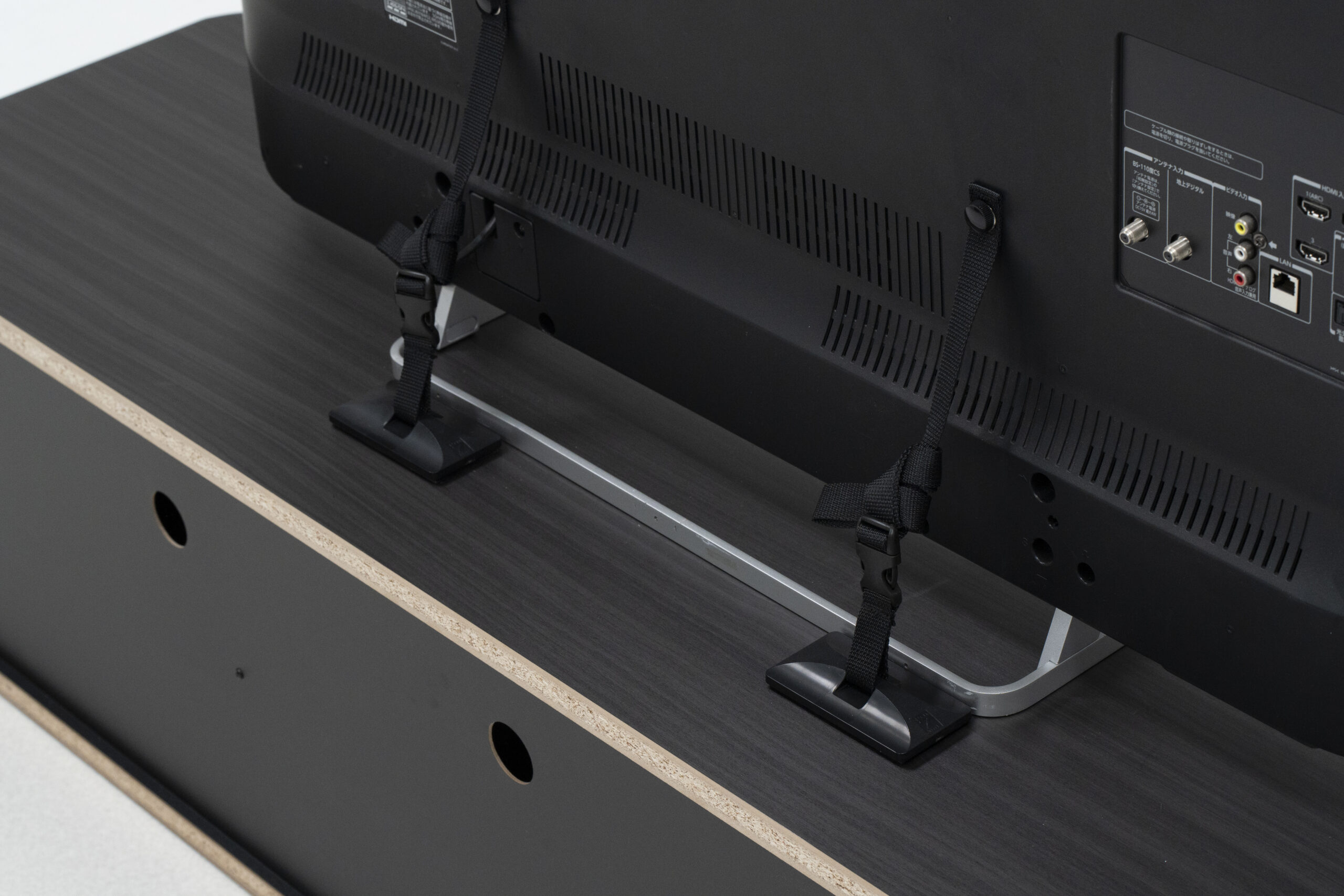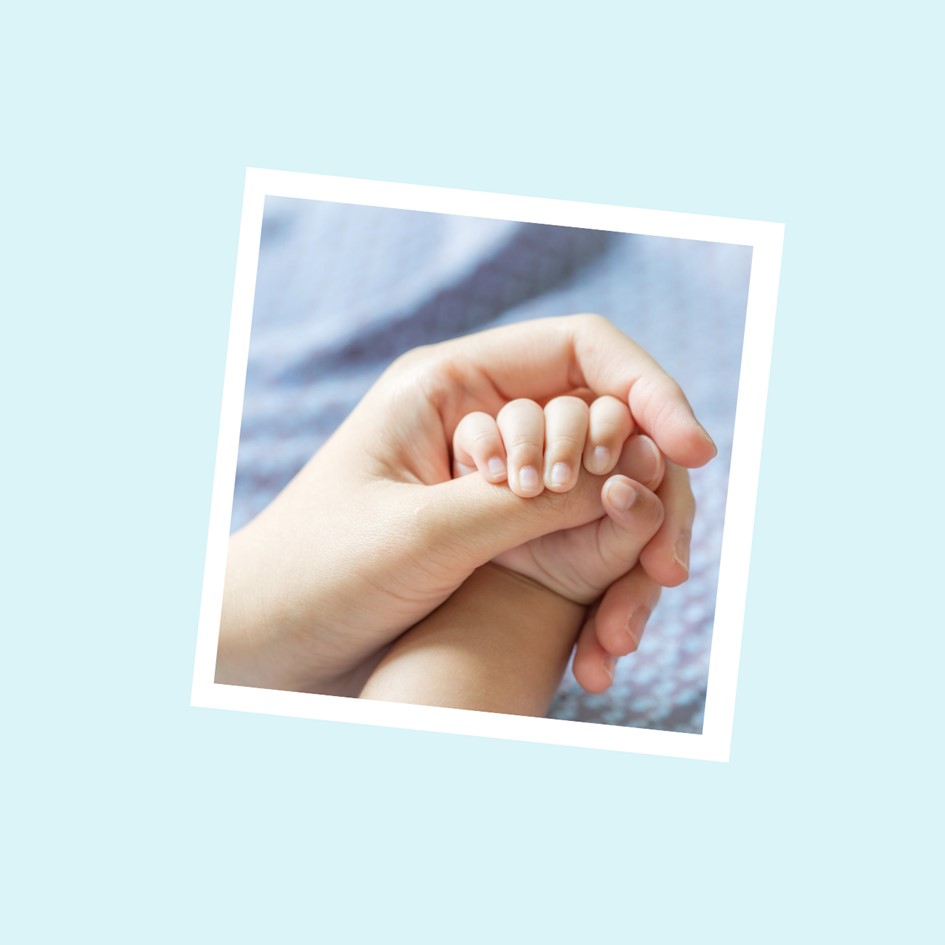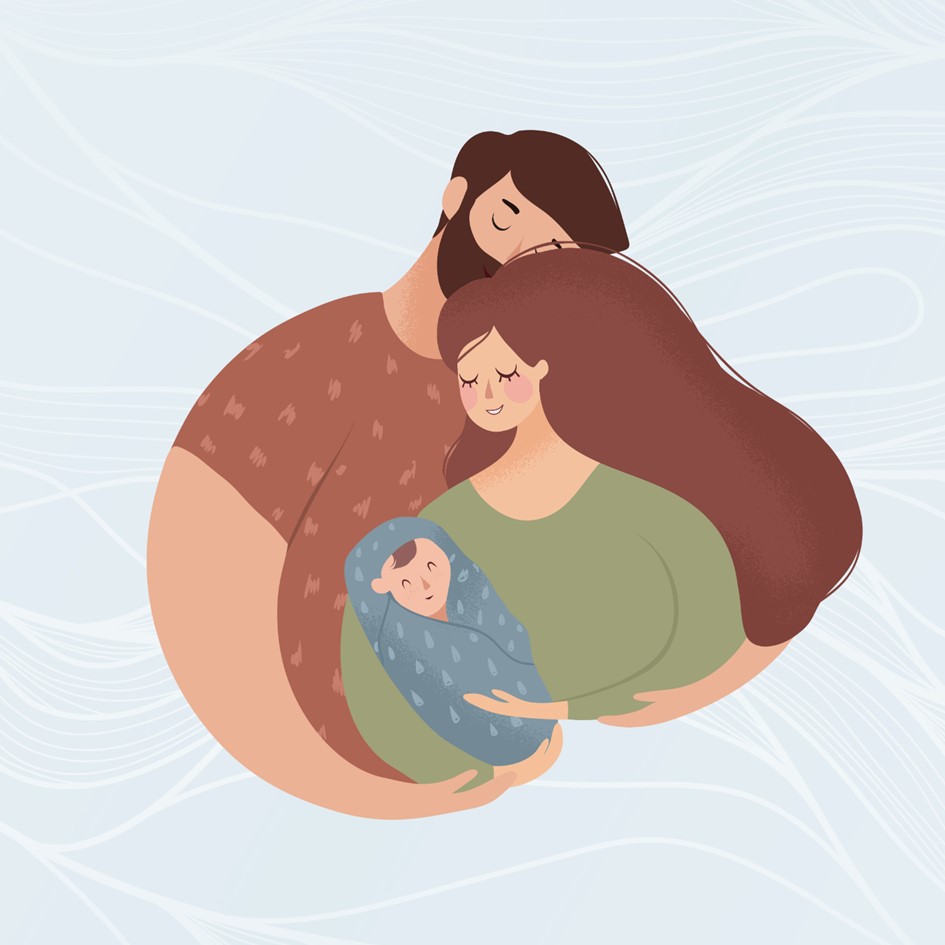Earthquakes can happen at any time. For families with young babies, ensuring safety during an earthquake is the top priority. To protect your baby, it’s crucial to be prepared on a daily basis and to know the correct actions to take when an earthquake occurs.
Daily Preparations: Creating a Safe Environment for Your Baby
Creating a Safe Space:
- Placement of the Crib: Position the crib away from furniture that could fall over (such as chests of drawers or bookshelves) and away from items that could fall (such as light fixtures or hanging decorations). It’s also important to choose a location where shattered window glass is less likely to reach.
- Securing Furniture: Secure tall or unstable furniture and big screen TV firmly to walls or floors using L-brackets or safety strap.
- Preventing Falls: Take measures to prevent items placed on shelves or high places from falling during an earthquake, such as using non-slip mats or locking cabinet doors. Especially, keep fragile or dangerous items out of your baby’s reach.
- Confirming Evacuation Routes: Identify multiple safe evacuation routes, such as the front door or windows. Ensure that the arrangement of furniture does not obstruct these routes.
- Preparing an Emergency Bag: Prepare an emergency bag containing baby formula, water, baby food, diapers, wipes, changes of clothes, towels, a swaddle, insurance card, mother-child health handbook, and any regular medications. If using powdered formula, don’t forget disposable bottles and clean water.
- Stockpiling Disaster Supplies: Also prepare a flashlight, radio, batteries, and a first-aid kit. Having a safe portable sleeping arrangement for your baby (such as a sleep sack) can be useful in evacuation centers.
Gathering and Sharing Information:
- Local Disaster Information: Check your local area’s earthquake hazard map, evacuation centers, and disaster information.
- Family Coordination: Discuss communication methods and meeting places with your family in case of an earthquake. Decide who will be responsible for ensuring the baby’s safety so that everyone can act smoothly in an emergency.
Correct Actions During an Earthquake: Protecting Your Baby
Assess the situation:
- Check for surrounding hazards such as falling furniture, objects, and broken glass.
- Be aware of the possibility of aftershocks and move to a safe location.
Prioritize actions:
- In general, prioritize your own safety before securing the baby’s safety.
- However, if the baby is in immediate danger, prioritize the baby’s safety.
Secure the baby’s safety:
- If the situation is safe, move the baby to a safe location as soon as possible.
- If there is no safe place nearby, cover the baby with a blanket or cushion to protect their head.
After the Shaking Stops:
- Check the Surroundings for Safety: After the shaking stops, be careful of falling objects and overturned furniture as you check your surroundings for safety.
- Check Your Baby’s Condition: Check if your baby is injured or calm. If necessary, call an ambulance or move to an evacuation shelter.
What You Can Do Now to Protect Your Baby
- Earthquakes cannot be predicted, but being prepared is essential. Start with one thing you can do today. Earthquake preparedness is not someone else’s problem; it’s crucial for the safety of your baby and your family. Work together as a family to create an earthquake-resistant environment and learn how to act in an emergency.


